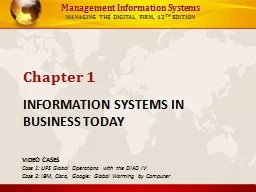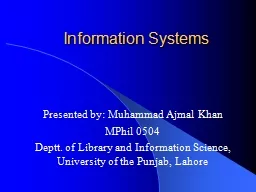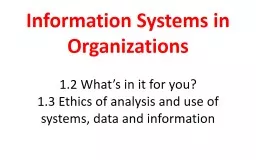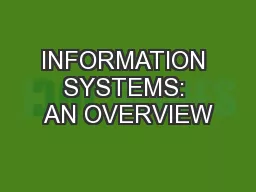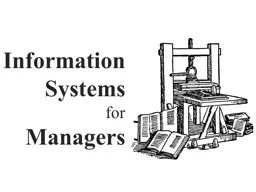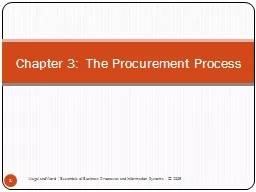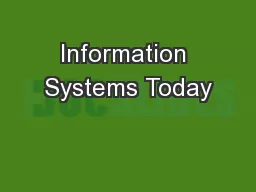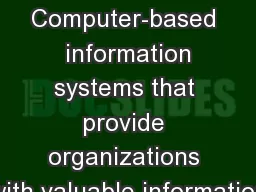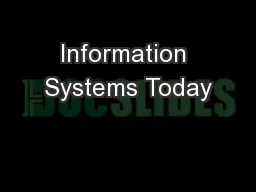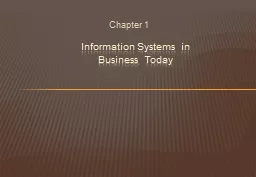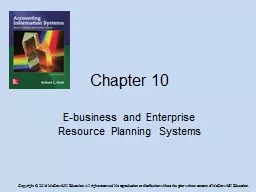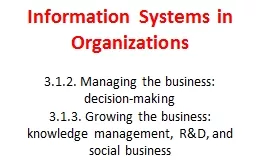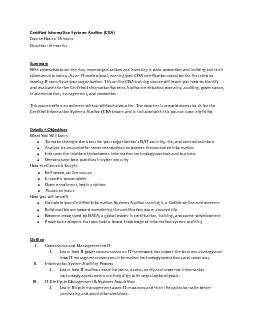PPT-INFORMATION SYSTEMS IN BUSINESS TODAY
Author : aaron | Published Date : 2018-12-14
Chapter 1 VIDEO CASES Case 1 UPS Global Operations with the DIAD IV Case 2 IBM Cisco Google Global Warming by Computer CHAPTER 1 INFORMATION IN BUSINESS SYSTEMS
Presentation Embed Code
Download Presentation
Download Presentation The PPT/PDF document "INFORMATION SYSTEMS IN BUSINESS TODAY" is the property of its rightful owner. Permission is granted to download and print the materials on this website for personal, non-commercial use only, and to display it on your personal computer provided you do not modify the materials and that you retain all copyright notices contained in the materials. By downloading content from our website, you accept the terms of this agreement.
INFORMATION SYSTEMS IN BUSINESS TODAY: Transcript
Download Rules Of Document
"INFORMATION SYSTEMS IN BUSINESS TODAY"The content belongs to its owner. You may download and print it for personal use, without modification, and keep all copyright notices. By downloading, you agree to these terms.
Related Documents

